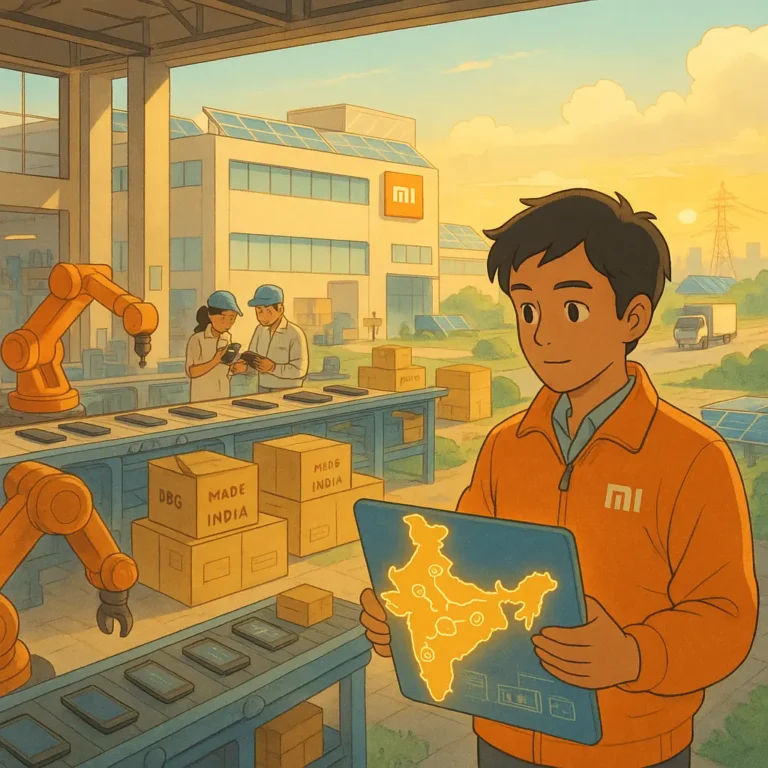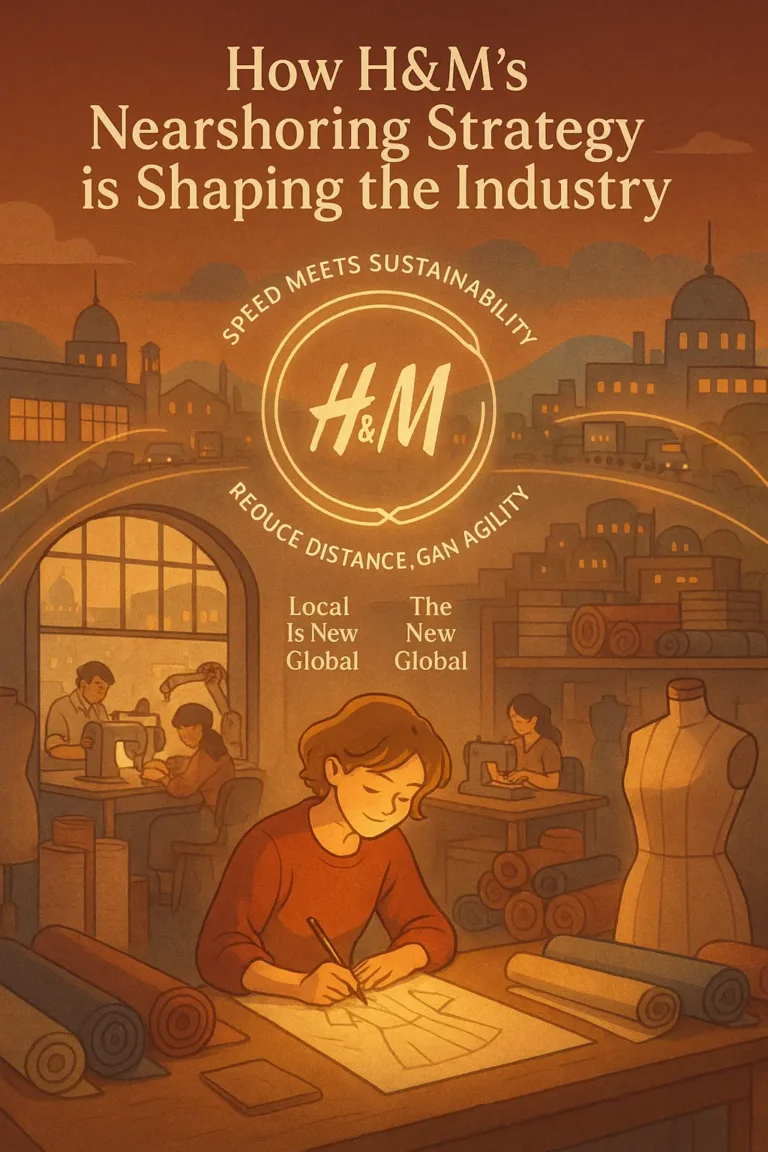
Every business relies on one or more supply chain models.
While supply chains share the primary goal of delivering finished goods and services to the end-user or consumer, the model and how they go about it might differ. This is especially true for supply chains in different industries. For instance, Zara’s adopted supply chain style and processes would probably not work for Samsung.
Why Supply Chain Models Matter
The different methods and processes are commonly known as supply chain models. There are a few reasons why a business would adapt or stick to any particular supply chain. Some of them are
Competition
The supply chain’s process can determine factors such as lead time and overall efficiency. This can, in turn, help the supply chain or business gain a competitive advantage.
Industry
To a great extent, the nature of the industry will determine the type of supply chain model a business will leverage. For instance, fast food and electronic supply chains do not work on the same models. One has to produce and deliver within the same day. The other doesn’t. Customers are well aware of this, so they have different expectations.
Product Offering
The product offering of a supply chain may cause it to leverage a different model. The product offering means that the sourcing strategy, transportation, warehousing, and packaging will alter the nature of the supply chain when compared to others within the same industry.
Demand Style
The nature of the demand and its rise and fall also influence the type of model supply chains would leverage. For instance, the more stable the demand, the more consistent the supply chain is.
Six Supply Chain Models
Applications of supply chain models could be the difference maker between survival and oblivion for any supply chain operation.
There are generally six of these supply chain models.
Continuous Flow
This supply chain model is favoured by supply chains that enjoy stability in their demands.
The type of organizations that prefer this supply chain are those that provide unchanging commodities and familiarity to customers. An example of a company favouring this type of model is Coca-Cola. With a brand name spanning over a century, the company’s customers expect no variation or improvement in their Coca-Cola drinks.
The packaging might change, but the product remains the same, giving the company some degree of stability.
Fast Chain
While some supply chains enjoy the stability of demand from their consumers, it is a luxury for some supply chains.
The fast chain model is favoured by organizations that produce goods that constantly need to change. A great example of this is clothes. They are trendy and seasonal, making the fashion industry a big fan of this supply chain model.
Because of the fast chain model, fashion organizations such as Zara, Gap, and Kenneth Cole can constantly change their clothing inventory all year round.
For the fashion supply chain, stability is more of a myth.
It would be a welcome reprieve if it were possible. But the nature of fashion means that it is not obtainable. For businesses and supply chain leadership to get ahead using this model, they would have to design their supply chains with speed and a considerable degree of flexibility to cease the short window of demands their consumers afford them.
Efficient Chain
Some organizations face so much competition that the only area of innovation is in their supply chain.
These companies are in industries that enjoy relative demand stability but have identical product offerings as their counterparts. so they are typically subject to intense competition. And in many cases, they have to rely on their supply chain’s efficiency to get ahead.
Examples of such supply chains are the fast food and dairy industries. For example, McDonald’s.
These supply chains don’t offer products that differ much from their competitors but have many competitors. McDonald’s in the U.S. and many other countries have to contend with KFC and other fast food organizations. The efficient chain model is usually thinned out because of this competition and the need for efficiency to get ahead.
However, it is important to note that a minor disruption can cause significant ripple effects throughout the supply chains.
Agile
The agile model allows businesses to take more of a responsive approach to their supply chain rather than a proactive approach.
The model helps these supply chains meet huge demands but also allows them to power through when there is downtime. Businesses that enjoy this model are on the made-to-order spectrum or in the speciality order. Examples of such businesses are the Airline industry.
The problem with this method is that the supply chain has a limit on the level of demand it can handle before it starts losing money and cannot control the order.
Flexible
This model works best for supply chains looking to get around limitations like seasonal orders or disruptions in the supply chain.
Businesses and supply chains using these models can handle high or low demands with minimal disruptions to the overall supply chains. The flexible model works well with supply chains that use fast or efficient models. Strategic partnerships or collaborations, automation, and supply planning are essential for this supply chain to work.
Examples of businesses that leverage these supply chains include those dealing with back-to-school items such as writing materials, uniforms, etc.
The custom-configured model
This model is ideal for supply chains requiring inputs from consumers.
It is a mix between the agile supply chain, the continuous flow supply chain, and/or sometimes the fast chain model. The model is for businesses that allow any level of consumer customization. For example, bags or shoes can be customized by colour or style.
Wrap Up
Organizations adopt different models into their supply chains but usually have one significant model as the foundation.
The others are combined in a way that works out well for that supply chain. Supply chain models hold different values for different companies in various industries. In the earlier example, we saw how different businesses and supply chains adopt whatever works for them.
Zara would value flexibility, speed, and agility, while Apple may value continuous flowing supply chains and agility to a lower degree.
The Coca-Cola company values continuous flow for the Coke products but may value fast chain or the efficient value for the containers of the product, whether it is plastic or can. Mixing and matching supply chain models helps the supply chain strive, so don’t be afraid to find what works for you.

Obinabo Tochukwu Tabansi is a supply chain digital writer (Content writer & Ghostwriter) helping professionals and business owners across Africa learn from real-world supply chain wins and setbacks and apply proven strategies to their own operations. He also crafts social content for logistics and supply chain companies, turning their solutions and insights into engaging posts that drive visibility and trust.








3 thoughts on “6 Supply Chain Models You Should Know”